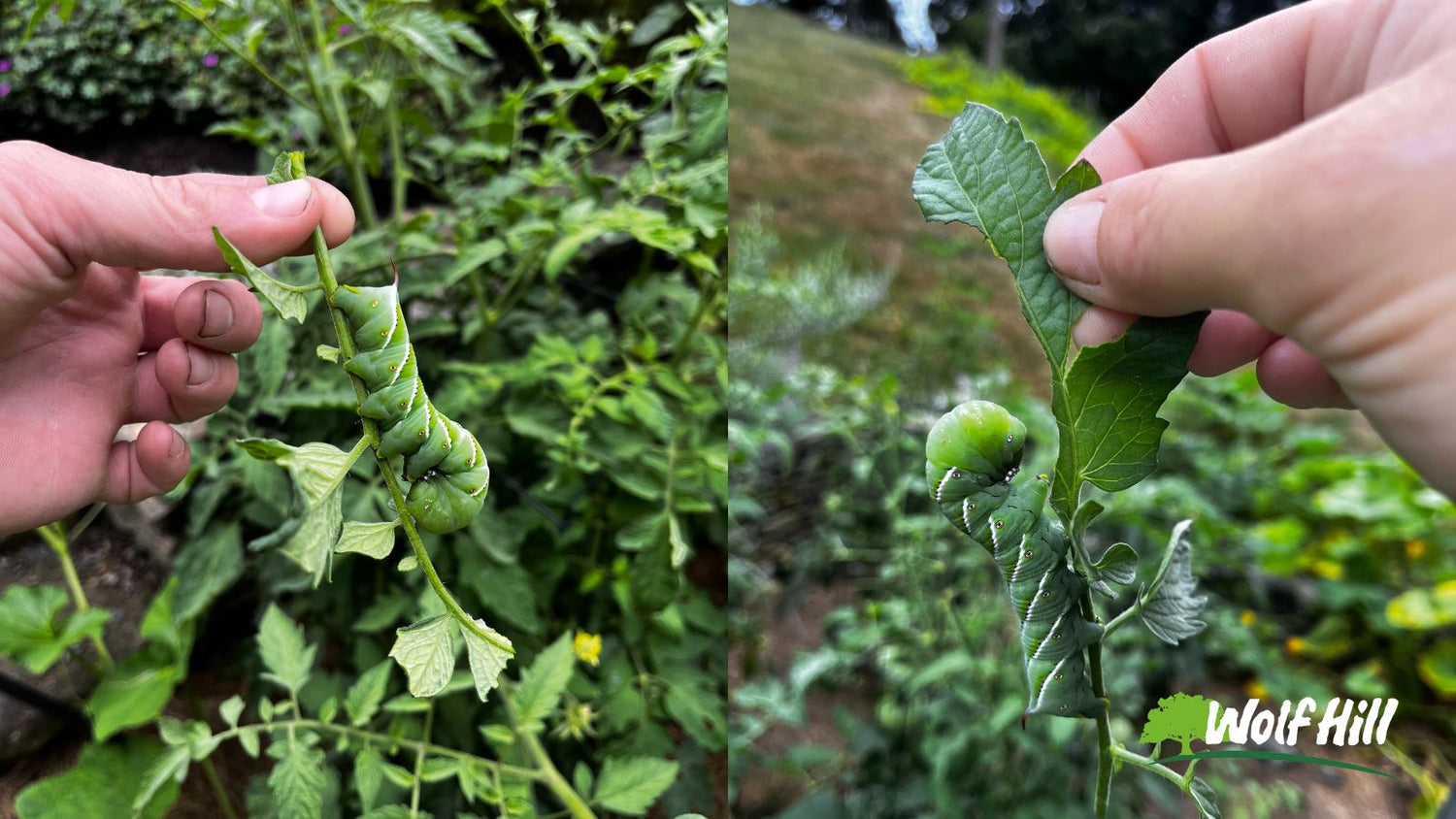Stop crabgrass in its tracks with our expert tips and tricks for a beautiful, lush lawn this season.
Crabgrass - it's the bane of every homeowner's existence! This unwelcome guest seems to appear out of nowhere and quickly takes over your once-pristine lawn. But fear not, dear readers, we've got the ultimate guide to preventing and controlling crabgrass, so you can enjoy a lush, green lawn all season long. Let's dive in!
Prevention: The Key to Crabgrass Control
The best defense against crabgrass is a strong offense. This pesky weed is an annual grass, which means it has only one growing season. However, it's a master of survival, shedding thousands of seeds each fall that lie dormant in the soil, ready to sprout the following spring. To stop crabgrass in its tracks, you'll need to prevent those seeds from germinating.
Step 1: Apply a Pre-Emergent Crabgrass Preventer
Timing is everything when it comes to applying a pre-emergent crabgrass preventer. Keep a close eye on air temperatures in the spring, and when they consistently reach 65 degrees Fahrenheit for a few days, it's almost time to take action. Also, monitor your soil temperature - it should be between 50 and 55 degrees Fahrenheit for four to five consecutive days. When both conditions are met, it's time to strike! Apply a pre-emergent herbicide to stop those seeds from sprouting.
Bonus: Many products on the market contain fertilizer in addition to the herbicide, giving your lawn a double dose of goodness in a single application.
Remember: Do NOT apply a pre-emergent herbicide if you're seeding or sodding your lawn, as it will also prevent your new grass from germinating.
Step 2: Stay Vigilant for Emerging Crabgrass
Despite your best efforts, some crabgrass may still emerge during the growing season. Don't panic! Act fast to prevent a full-scale invasion. Hand-pull or use a specialized weed removal tool to extract the entire plant and its roots, then dispose of it away from your lawn to avoid dropping seeds. Make it a habit to inspect your lawn for emerging crabgrass before each mowing session. The earlier you catch and remove the pesky plants, the less likely they are to spread their seeds.
Step 3: Post-Emergent Control Options
If you find yourself dealing with crabgrass that has already gone to seed, it's best to wait until the plant dies after the first frost. However, post-emergent herbicides are available for treating established crabgrass. Be cautious, though, as some products may harm your desired lawn grass species. Always read and follow label instructions carefully.
The Secret Weapon: A Thick, Healthy Lawn
A lush, green lawn is your secret weapon against crabgrass. By applying a season-long weed preventer in late spring, you can keep weeds at bay and encourage your lawn to grow thicker. Proper watering and maintaining the ideal soil pH level are also crucial for a thriving, crabgrass-resistant lawn. Stick to a regular watering schedule and consider a soil test to determine your lawn's pH level for optimal growth and maintenance.
With these expert tips and tricks, you'll be well on your way to a crabgrass-free lawn that's the envy of your neighborhood. Prevention, vigilance, and proper lawn care are your keys to success. So gear up, and let's show crabgrass who's boss this season! Happy gardening!





